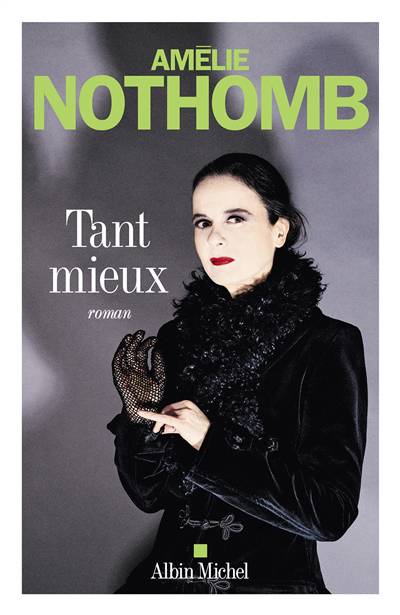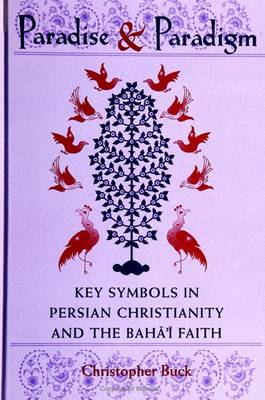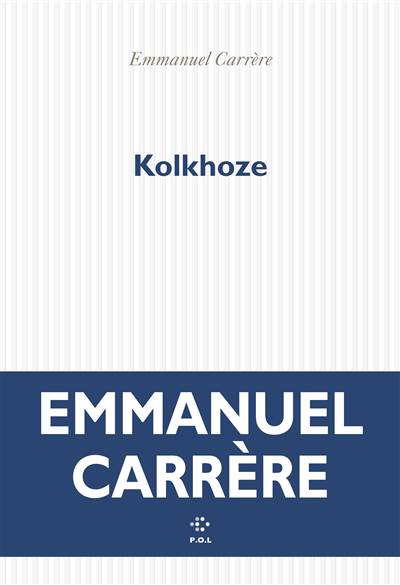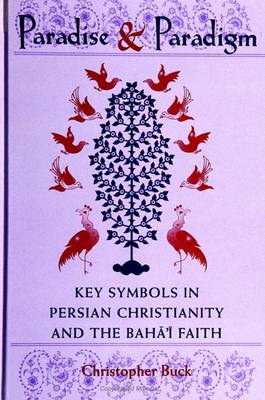
- Retrait gratuit dans votre magasin Club
- 7.000.000 titres dans notre catalogue
- Payer en toute sécurité
- Toujours un magasin près de chez vous
- Retrait gratuit dans votre magasin Club
- 7.000.0000 titres dans notre catalogue
- Payer en toute sécurité
- Toujours un magasin près de chez vous
Paradise and Paradigm
Key Symbols in Persian Christianity and the Baha'i Faith
Christopher BuckDescription
Comparing paradise imagery in two Persian religions, early Syriac Christianity and the Baha'i Faith, this work contributes to religious studies methodology by introducing "symbolic paradigm analysis."
In a novel approach that the author terms "symbolic paradigm analysis," Paradise and Paradigm offers a "theoretically modular" systematic comparison of two "Persian" religions: early Syriac Christianity as the foundation of the East Syrian "Church of the East" (the Nestorian Church of Persia) and the Baha'i Faith, a new world religion. The author compares the hymns of the greatest poet of early Christianity, Saint Ephrem the Syrian, and the richly imagistic writings of the founder of the Baha'i religion, Baha'u'llah. The book employs an original analytic technique in the creation of "symbolic profiles" constructed on Ninian Smart's dimensional model of religion. As Buck skillfully demonstrates, formal similarities between any two religions are best comprehended in terms of paradigmatic differences, which nuance all parallels through a process of symbolic transformation. Buck also shows the communal reflexivity of paradise imagery in representing the ideal faith-community in both traditions.
Spécifications
Parties prenantes
- Auteur(s) :
- Editeur:
Contenu
- Nombre de pages :
- 402
- Langue:
- Anglais
Caractéristiques
- EAN:
- 9780791440629
- Date de parution :
- 13-05-99
- Format:
- Livre broché
- Format numérique:
- Trade paperback (VS)
- Dimensions :
- 149 mm x 227 mm
- Poids :
- 544 g

Les avis
Nous publions uniquement les avis qui respectent les conditions requises. Consultez nos conditions pour les avis.






